When you share a link, the way it looks matters more than most people think.
A clean, memorable link can encourage clicks, build trust, and reinforce your brand.
That’s where the vanity URL steps in.
On the other hand, a standard or regular URL is what most websites use by default, functional but not necessarily attractive.
In this guide, we’ll explore Vanity URL vs Regular URL, comparing their strengths and weaknesses, and helping you choose the right one for your needs.
What Is a Vanity URL?
A vanity URL is just a custom web link that’s short, easy to remember, and shows off your brand.
Instead of a long, messy link full of random characters, it’s clean and tells people what the page is about.
For example:
- Regular URL:
https://www.example.com/blog/article?id=82736 - Vanity URL:
https://example.com/marketing-tips
Here, the second link is easier to remember, looks professional, and gives a clear idea of what the page is about before someone even clicks.
Key traits of a vanity URL:
- Short and descriptive
- Contains keywords or branded terms
- Easy to share verbally or in print
- Built for better user experience and brand recall
What Is a Regular URL?
A regular URL is the automatically generated link assigned by a website or platform.
It serves its technical purpose by directing users to the right page but often contains extra parameters, IDs, or numbers that make it long and unattractive.
Example:
https://us-east-1.console.aws.amazon.com/costmanagement/home?hashArgs=%23%2Fhome&isauthcode=true&oauthStart=1754603201703®ion=us-east-1&state=hashArgsFromTB_us-east-1_20c168d8e725f6a8&code=eyJ6aXAiOiJERUYiLCJlbmMiOiJBMjU2R0NNIiwiYWxnIjoiZGlyIn0..MVhDCT0n6axRjrZY.8Z_2yR11W-lHGnOJII25VsWN6u3lZfnOTLjtifkJJL-g3eQDJWzL-mkGCayk_iPbhRMrx3Vg4cDRxkKFXgkfVtcn_FuXY4hKkmtPZpJu7ZEms68QtCTdmDE4v3SWsXi7ol4aMoWIFzqcLZ4XT7PU0Ml5TPeHMTCcjMwmOy5scVIWhile this works perfectly for browsers and search engines, it’s not user-friendly for marketing or offline sharing.
Key traits of a regular URL:
- Automatically generated
- May include query strings or session IDs
- Functional but not necessarily attractive
- Hard to remember or type manually
Regular URL vs Vanity URL: The Core Differences
| Feature | Vanity URL | Regular URL |
|---|---|---|
| Appearance | Short, clean, branded | Long, cluttered, technical |
| Memorability | Easy to recall | Hard to remember |
| Marketing use | Ideal for ads, social media, offline | Not suitable for offline promotion |
| SEO impact | Can include keywords for better relevance | Neutral or weaker keyword relevance |
| User trust | Looks professional and credible | May appear suspicious or spammy |
| Creation | Requires customization | Automatically generated |
Why Businesses Use Vanity URLs
Marketers, influencers, and brands often rely on vanity links to improve the way they share content. Here’s why:
1. Improved Branding
Every time someone sees your link, they’re reminded of your brand. A vanity URL lets you put your brand name right in the link, reinforcing recognition.
2. Better Click-Through Rates
A clear and relevant URL looks more trustworthy, which can encourage more clicks in ads, emails, and social media posts.
3. Offline and Verbal Sharing
When sharing a link in a podcast, on a business card, or at a live event, you want something people can remember and type later without mistakes.
4. Keyword Inclusion
Adding relevant keywords in your link can improve its relevance in search results and help users understand what they’ll get before clicking.
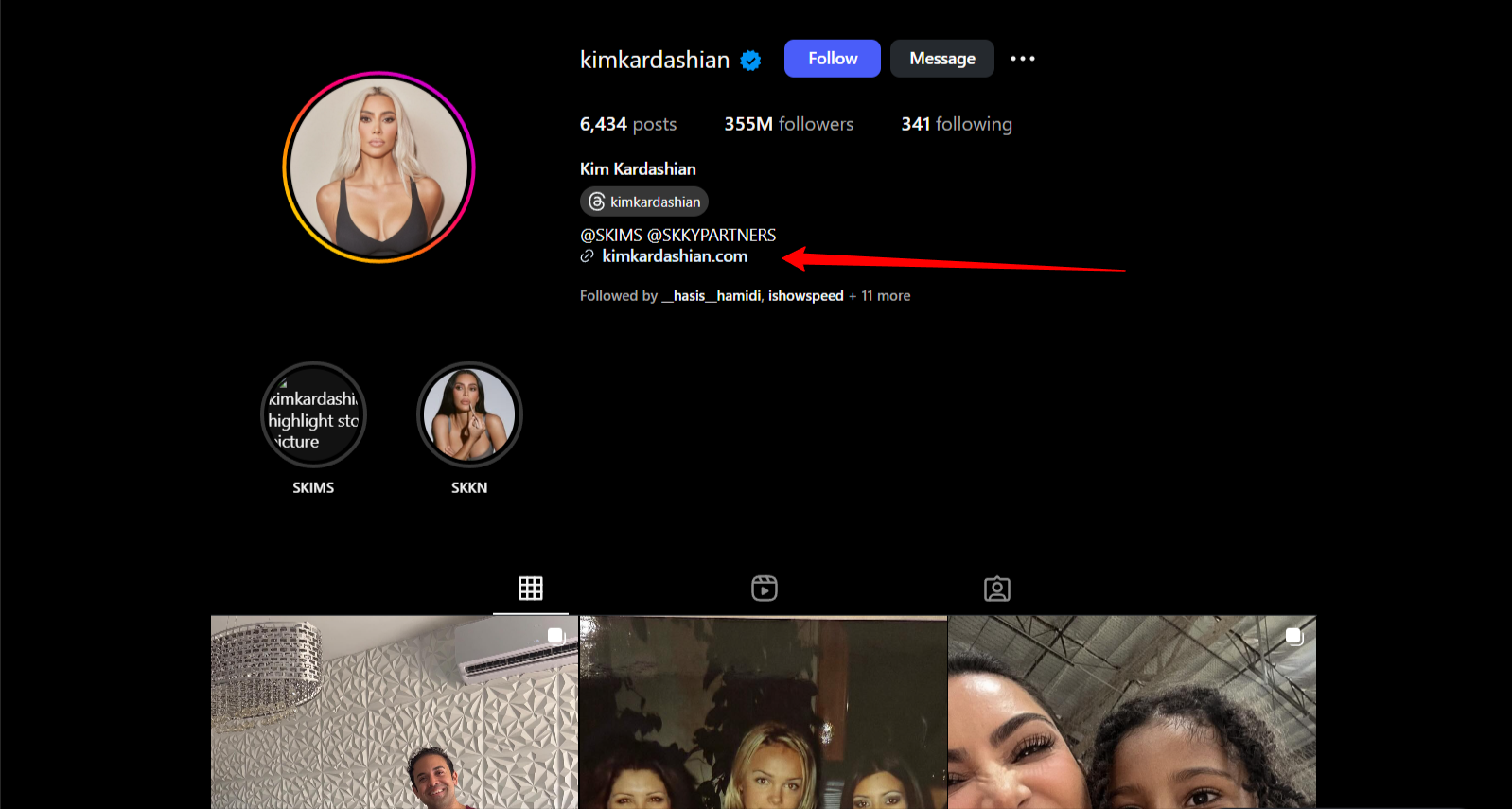
When Regular URLs Still Work
Regular URLs aren’t useless. They’re fine for:
- Internal tracking and system functions
- Links that will only be clicked, not remembered
- Backend processes where aesthetics don’t matter
- Internal sharing among teams or technical environments
In other words, if the link is never meant for public viewing, a regular URL does the job without extra effort.
How Vanity URLs Impact SEO
While search engines look at much more than the URL, a descriptive and keyword-rich vanity link can give you small but useful SEO advantages.
Here’s how:
1. Keyword Signals
If your vanity link includes relevant terms, search engines can use that as a ranking signal.
Example:example.com/digital-marketing-tips is more relevant than example.com/post?id=82736.
2. User Experience Signals
If more users click and stay on your page because your link is clear and appealing, search engines may interpret that as a positive signal.
3. Link Sharing
Clean links are more likely to be shared, bookmarked, and linked to, which can indirectly improve your authority.
Note: While a vanity URL can help, it won’t replace quality content and other SEO best practices.
Examples of Vanity URLs in Action
- Marketing Campaigns
nike.com/run2025— Easy to print on posters or mention in ads. - Influencer Promotions
brandname.com/janeoffer— Personalized for a specific influencer’s audience. - Events
eventhub.com/tickets— Direct and memorable for ticket sales.
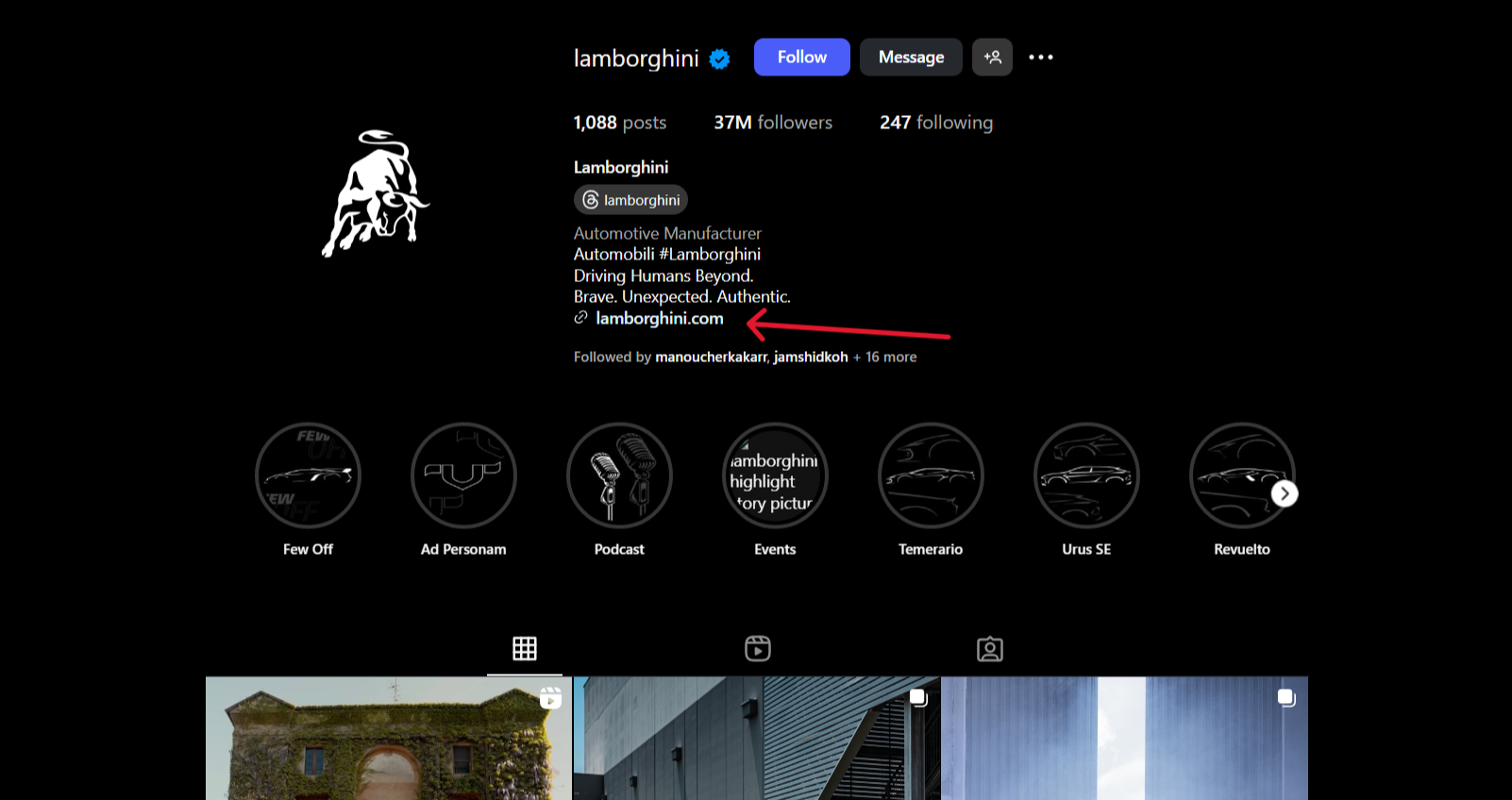
Pros and Cons of Vanity URLs
Advantages
- Boost brand recognition
- Easier to share and remember
- Improve trust and click rates
- Can support SEO efforts
Drawbacks
- Require setup and customization
- Need ongoing management to avoid broken links
- Some platforms may limit customization options
Pros and Cons of Regular URLs
Advantages
- No setup required
- Automatically generated for any page
- Works well for technical and internal use
Drawbacks
- Hard to share verbally
- Looks unprofessional in marketing
- May discourage clicks due to length or complexity
Vanity URL vs Regular URL in Different Scenarios
For Social Media
- Vanity URLs win because they look clean in posts and bio sections.
- Example:
brand.co/free-guide
- Example:
For Email Marketing
- A vanity link can increase click confidence and reduce spam suspicion.
For Paid Ads
- Short branded links take up less space and look more appealing.
For Internal Operations
- Regular URLs are fine since the audience is limited and doesn’t require branding.
Tracking and Analytics with Vanity Links
One big advantage of vanity URLs is that they can be tracked for performance. Tools like Linko provide:
- Click counts
- Device and browser data
- Geographic breakdown
- Conversion tracking
This means you can measure exactly how your link is performing in each channel.
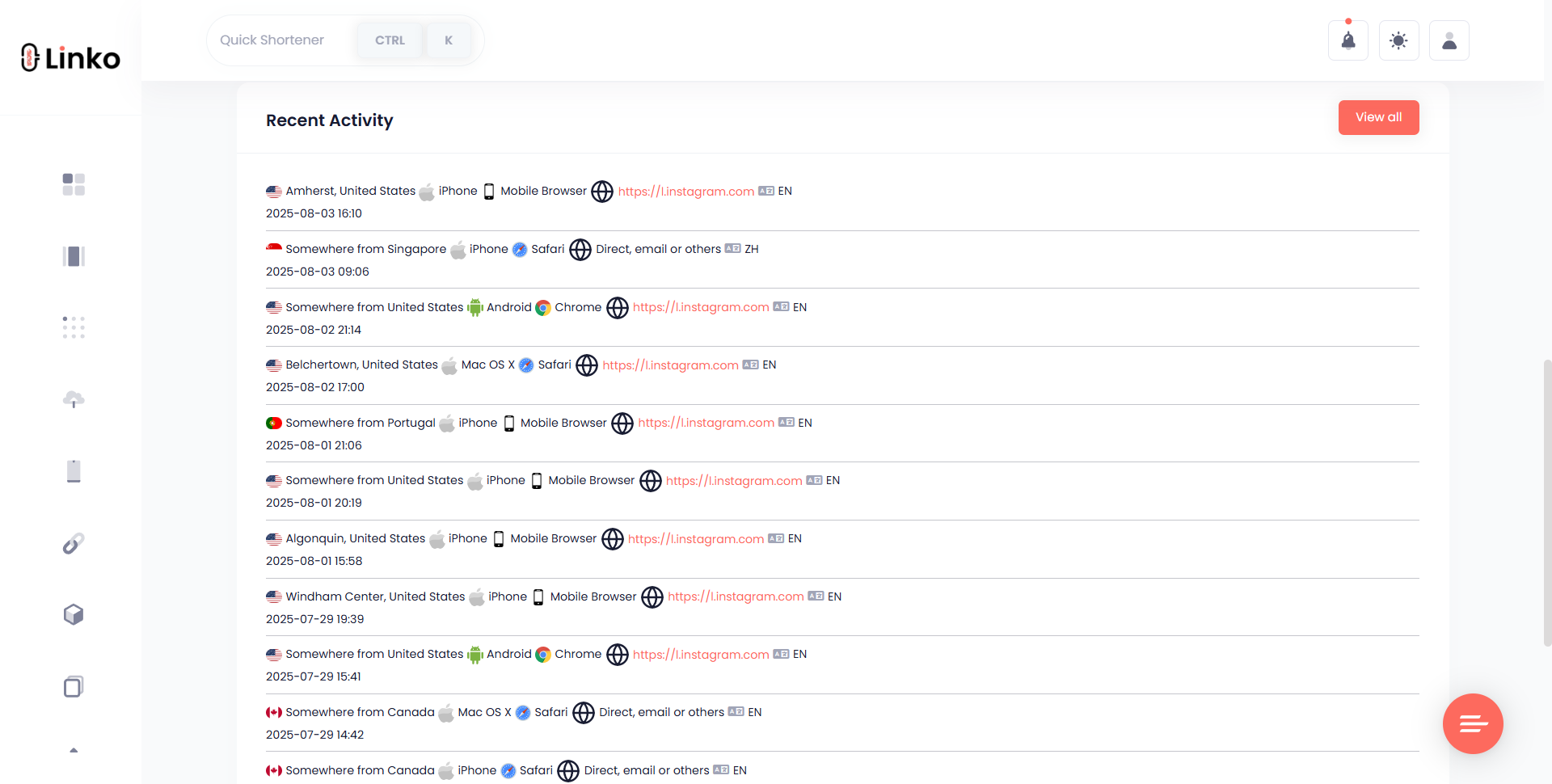
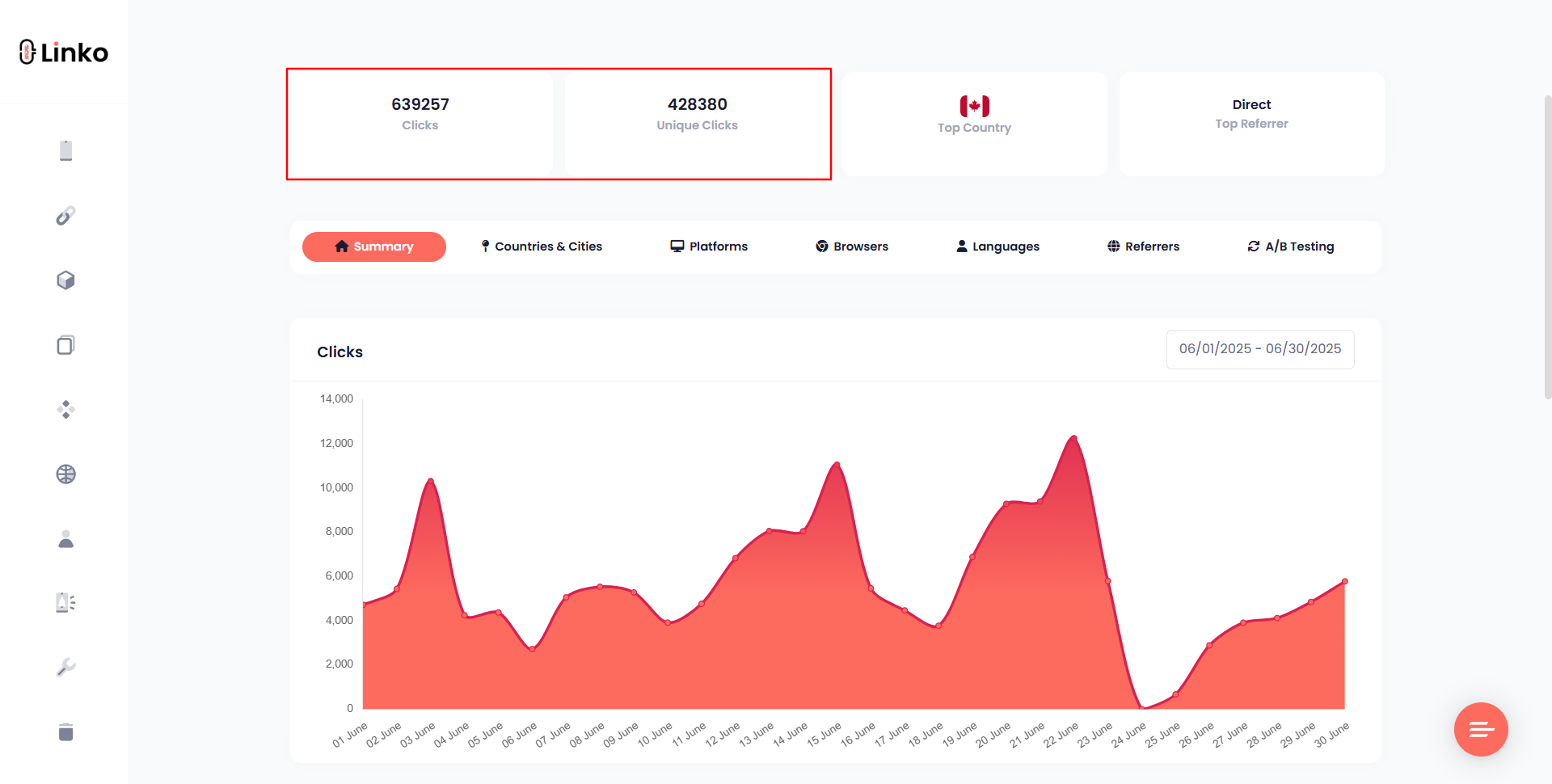
Best Practices for Using Vanity URLs
- Keep It Short: Aim for 3–5 words after your domain.
- Use Hyphens Wisely: Hyphens improve readability, but don’t overuse them.
- Match the Content: Your link should reflect the destination’s topic.
- Avoid Special Characters: Stick to letters, numbers, and hyphens for universal compatibility.
Choosing Between Vanity and Regular URLs
If your goal is marketing, branding, or public sharing, a vanity URL almost always wins. If you just need a functional link for internal use or automated processes, a regular URL is enough.
Think of it like clothing: you don’t need a suit for lounging at home, but you’d probably wear one to a business meeting.
Final Thoughts
While both vanity URLs and regular URLs lead users to the same place, how they get there can shape their perception of your brand.
A clean, memorable link can improve clicks, trust, and brand recall, making it worth the small extra effort to create one.
If you want to start creating branded & trackable vanity URLs, a platform like Linko makes it easy to shorten, customize, and monitor your links, whether you’re running ads, sharing on social media, or promoting offline.
FAQs
What is the difference between a vanity URL and a regular URL?
A vanity URL is a customized, short, and branded link that’s easy to remember and share. A regular URL is the automatically generated link from a website, often long and filled with random numbers or parameters. Vanity links are designed for marketing and branding, while regular URLs are mainly for functional or internal use.
Do vanity URLs improve SEO?
Yes, vanity URLs can help SEO by including relevant keywords and improving click-through rates. While they’re not a standalone ranking factor, a clean, descriptive link can boost user trust, encourage sharing, and make your page appear more relevant in search results.
When should I use a vanity URL instead of a regular URL?
Use a vanity URL for public-facing content such as social media posts, paid ads, email campaigns, podcasts, and offline promotions. These situations benefit from short, memorable links that reinforce your brand. Regular URLs are fine for internal links, system processes, or situations where aesthetics don’t matter.
Can I create a vanity URL for free?
Yes, you can create a vanity URL for free using tools like Linko, which lets you shorten and customize links while tracking performance. Most free plans allow a limited number of vanity links per month, making it easy to test before upgrading.
How do I choose the right text for my vanity URL?
Keep it short, descriptive, and relevant to the page content. Use keywords that your audience searches for, avoid special characters, and make sure it matches your brand’s voice. A good example is brand.com/sale instead of brand.com/product?id=8392.

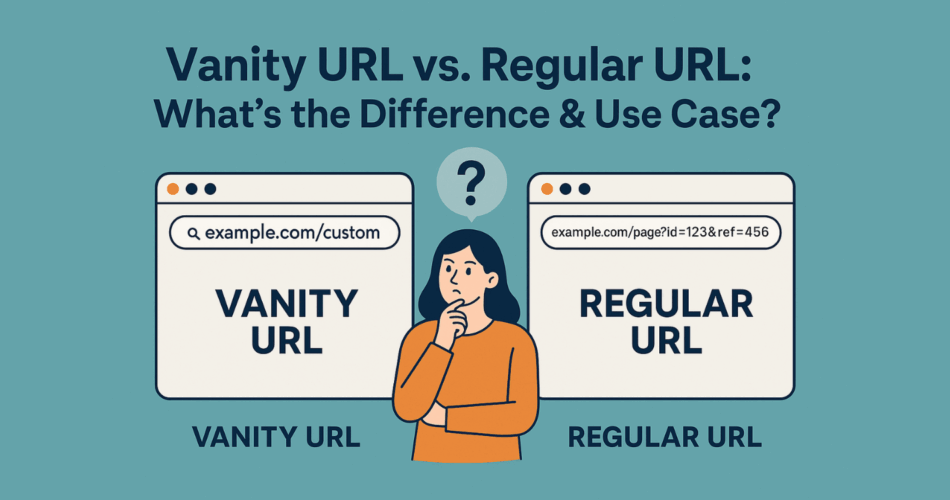
Comments